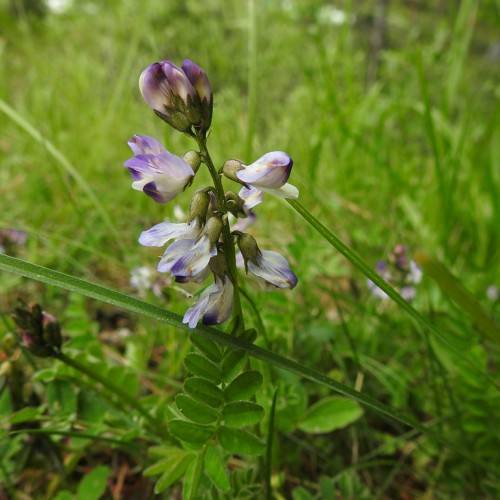
Pretty Milk Vetch
Astragalus eucosmus
Also Known As - Elegant MilkvetchWatering:
Frequent
Hardiness Zone:
Sun:
full sun,part shade
Fruits:
Fruits Ready In Summer
Leaf:
Yes
Growth Rate:
Low
Drought Tolerant:
Yes
Salt Tolerant:
Yes
Thorny:
Yes
watering
Curved-Pod Astragalus requires regular watering to keep the soil moist. Usually it is best to water the plant once or twice a week in the growing season and once every 2 to 3 weeks during dormancy. If you are unsure as to when to water, wait until the soil is slightly dry and then give it a deep watering. Make sure to not over-water the plant as it can easily become waterlogged and may lead to root rot.
sunlight
Curved-Pod Astragalus (Astragalus curvicarpus) needs full sun, around 8 hours a day. The best time for it to receive its sunlight is during the peak hours of 10am to 4pm, when the sun is at its strongest. Too much direct sunlight can cause the leaves to burn, so it is important to make sure the plant is somewhere that will protect it from excessive heat and scorching winds. During extreme heat waves, consider providing some shade for the plant in the afternoon hours.
pruning
Curved-Pod Astragalus should be pruned twice annually for optimal growth. Prune the plant in late winter, just before it begins to bud. This will help encourage new growth and prevent the stems from becoming too leggy. Prune again in late spring, once the plant has flowered, by trimming back any dead or damaged branches, and removing any shoots that are growing inwards towards the center of the plant. This will encourage a bushy, healthy shape and an abundance of blooms.
